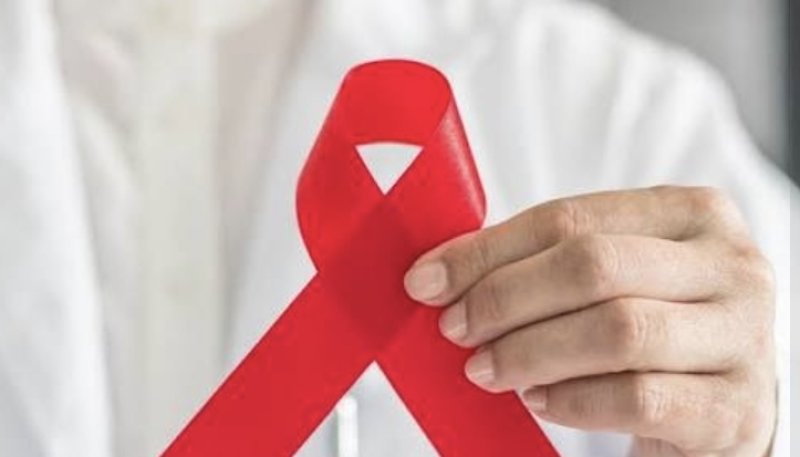
HIV, one of the world’s most serious sexually transmitted viruses, attacks the body’s immune system, leaving individuals vulnerable to other infections. Officials warned that even minor illnesses such as coughs or colds can become life-threatening for those with weakened immunity.
Health experts also highlighted three main modes of HIV transmission, urging the public to remain vigilant and take preventive measures to curb the spread of the virus.
2. Using needles illegally
3. Transmission from an infected mother to her child
It is therefore clear that HIV can be transmitted primarily through blood and sexual fluids.
Rising number of HIV infections in Sri Lanka
According to the Ministry of Health, 411 HIV cases were reported in 2021, 607 in 2022, 697 in 2023, and 824 in 2024.
The majority of those infected are men, with a male-to-female ratio of 7:1
In total, 6,740 HIV-positive individuals have been reported in Sri Lanka so far, including new cases identified between January and March this year. Of the 824 new infections reported in 2024, most were from the Colombo and Gampaha districts.
Forty-seven people have died after their infection progressed to AIDS.
Although Sri Lanka is still considered a country with a low HIV prevalence rate, health officials have warned that the sharp rise in new infections over the past year is alarming. They also highlighted a worrying increase in cases among youth aged 15 to 29.
Testing and treatment
The National STD and AIDS Control Programme (NSACP) under the Ministry of Health provides free and confidential HIV testing and treatment services. Free antiretroviral therapy (ART) is available at 41 STD clinics across the country.
Individuals seeking confidential advice can contact the NSACP hotline at +94 703 733 933.
Information is also available through the “Know for Sure” mobile application launched by the Ministry of Health.
Additionally, individuals can use an HIV self-test kit, which uses oral fluid to detect infection in the privacy of one’s home.
Health experts emphasize that as HIV increasingly affects even school-aged youth, awareness and education about prevention should begin within the school system.